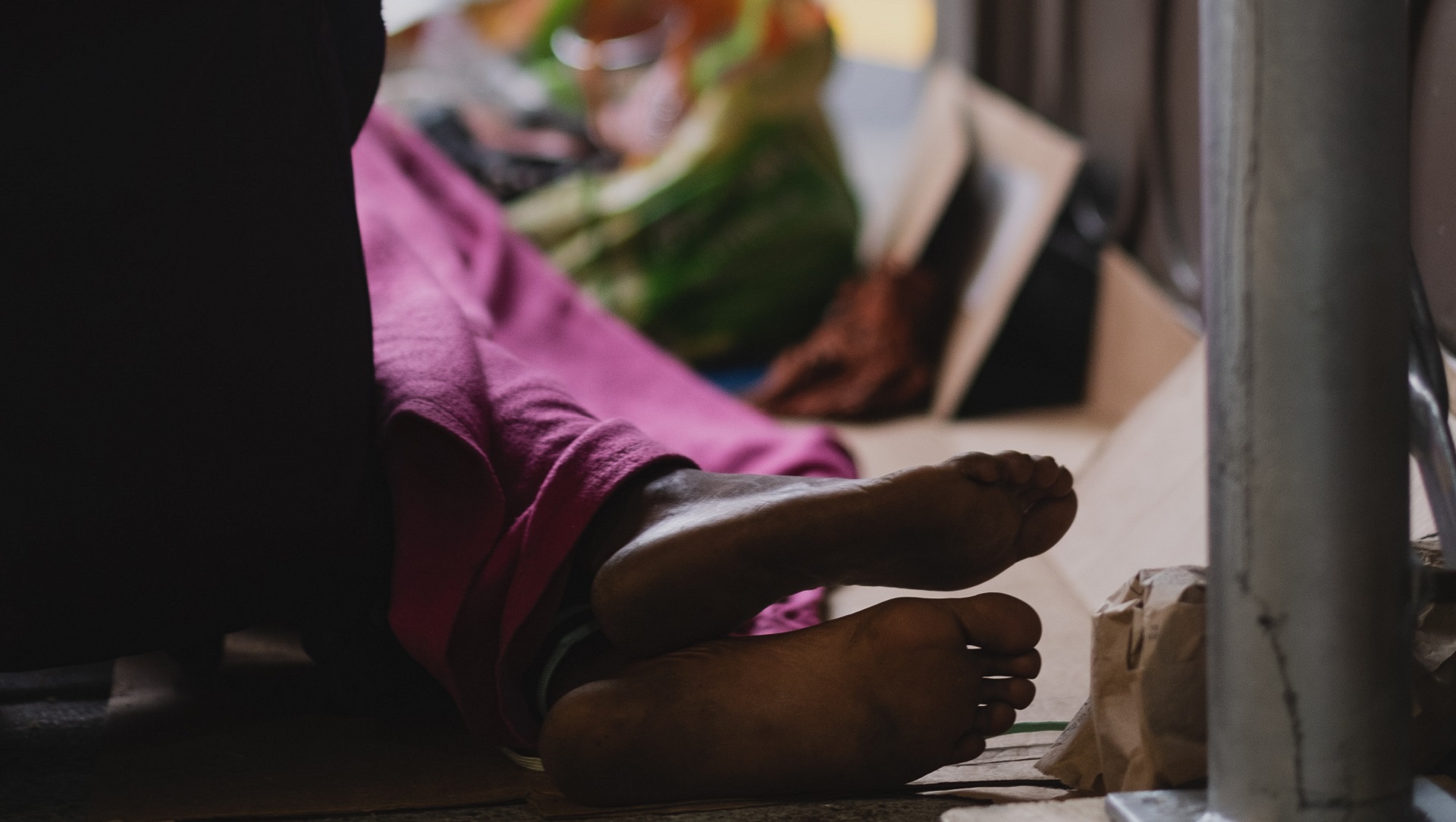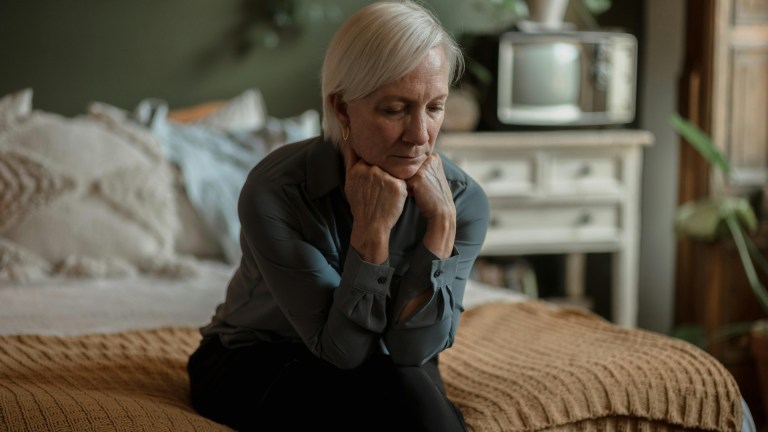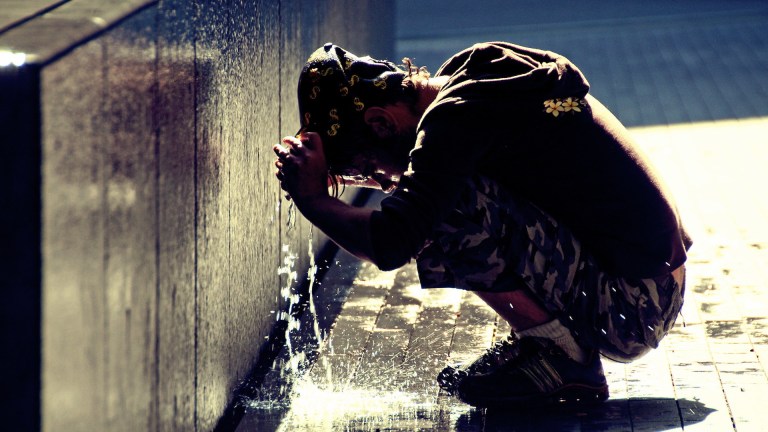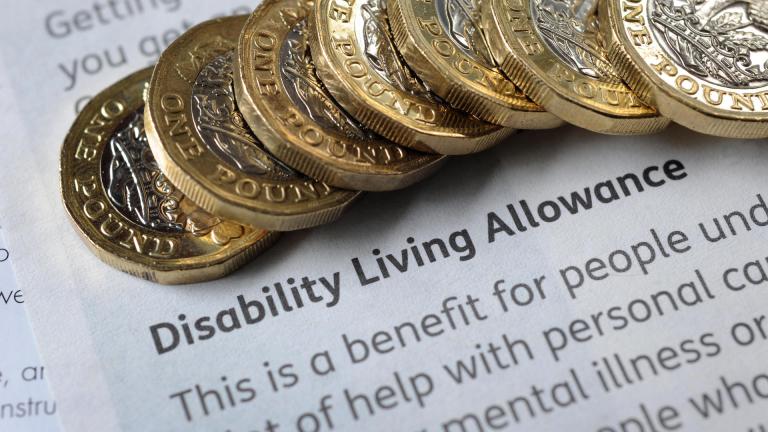People experiencing homelessness are especially vulnerable to poor physical and mental health. They are also more likely to die early or avoidably.
At the Office for National Statistics, we have been publishing annual estimates for deaths among homeless people since 2018 and our time series goes back to 2013. These statistics play an important role in enabling UK governments to make informed interventions, and to assess the effectiveness of new policy. This ensures we can make a real difference to some of the most vulnerable people in society.
In 2021, there were an estimated 741 deaths of homeless people registered in England and Wales. This was 53 (7.7 per cent) more deaths than in 2020 when there were 688 estimated deaths. The latest figure is more in line with pre-pandemic levels following a notable fall in 2020. Overall deaths among homeless people have increased by 53.7 per cent since 2013, when our estimates began. However, it’s too early to say whether the 2021 figure represents the resumption of an upward trend in deaths of homeless people.
As with previous years, our findings show a pattern of deaths among homeless people which is different from the general population. Deaths related to mental health and addiction account for a higher proportion of deaths of homeless people than for the general population, with over half of deaths being a drug poisoning, suicide or alcohol-specific death. We hope our data can be used to shine a light on these key areas of need in the community.
The figures are insightful and getting an accurate picture of the situation is a challenging and important task. Our aim is to deliver as accurate a picture as possible, but the truth is our estimates may well be an undercount.
Information on the death certificate is used to determine whether individuals were homeless at the time of their death eg, the place of residence may be recorded as “no fixed abode” or “homeless”. However, in many cases, those registering the death may not have known the person was homeless or been able to record the address of any emergency accommodation they may have used. In other cases, more work is needed to match the death certificate locations against lists of accommodations used by homeless people.










